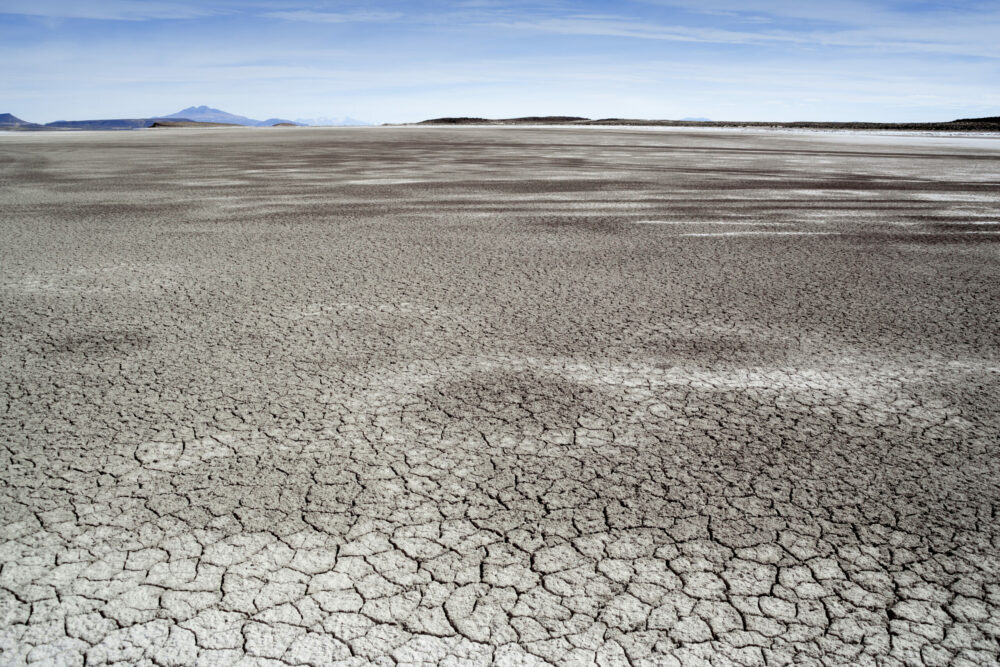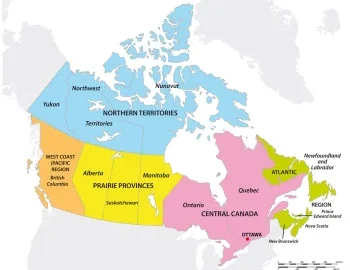Nevada is currently under Tier 1 water shortage, which took effect in January 2024. Tier 1 shortage means Nevada needs to give up 7% of its water allotment from the Colorado River.
In 2023, Nevada was put under Tier 2 water shortage, which means that the state had to give up up to 8% of its water allotment from the Colorado River. The shortage tier was lowered in 2024 because water levels in Lake Mead rose by 24 feet, thanks to a wet winter in 2023. Good thing there wasn’t a flood which would have meant loss of water even after a wet winter.
However, being lowered to Tier 1 shortage is no reason to celebrate, as experts point out that the risk of water shortage in future years continues to be high. In fact, the Lake Mead reservoir is currently only one-third full, just a little better than its record-low water levels in 2022.
“As nice as it is to have a wet winter and give everybody some breathing room, 2023 does not fundamentally change any of the long-term problems. And we need to keep the accelerator to the floor and continue to work on a long-term solution,” Brad Udall, senior water and climate research scientist and scholar with Colorado State University’s Colorado Water Center, told Las Vegas Weekly.
The Status of Nevada’s Water Supply
The state of Nevada, along with Arizona and Mexico, has seen a reduction in its water allocation from the Colorado River. These shortage reductions are set after the 2007 Interim Guidelines for the Coordinated Operations of Lakes Mead and Powell and the 2019 Lower Basin Drought Contingency Plan (DCP).
These two agreements are the result of decades-long collaboration between municipal, state and federal water providers in the Colorado River Basin. The Interim Guidelines and the DCP have a common goal, which is to slow the decline of water levels at Lake Mead. In addition, they also aim to keep more water in the river as well as allow water banking in Lake Mead.
Nevada’s shortage reductions in Tier 1 means its consumptive use will be reduced by 21,000 acre-feet (325,851 gallons of water). You can visualize an acre feet as the amount of water needed to fill up 1 acre of land in 1 foot of water.
However, Nevada is not currently using up its entire Colorado River allocation. According to the Southern Nevada Water Authority (SNWA), “Near-term shortage declarations will not likely impact current customer use.” For instance, by the end of 2022, the state was only consuming 224,000 acre-feet, which is below any Colorado River water supply reduction under existing rules.
Causes of the Water Shortage
It was only in 2021 when the Secretary of the Interior declared the first-ever shortage, after Lake Mead’s water levels reached an over-150-feet decrease since 2000. The major causes of this decline are below normal snowfall and runoff into the basin. In 2023, the Secretary of the Interior announced a second shortage, Tier 2, but this was brought back to Tier 1 shortage in 2024.
Climate change is also impacting the supply of, as well as the demand for, water in Nevada. A warmer and drier climate has led to a decrease in water supply but an increase in water usage.
Since 2000, the average annual flow of the Colorado River has dropped by about 20%, and this is likely to continue and even worsen. Experts are looking at an eventual aridification, which will cause a permanent transition to lower Colorado River flows.
Aridification is the gradual but long-term change of a region from a wetter to a drier condition as a result of global warming. Temperatures in the state have been increasing, for instance, experts estimate that Clark County will see temperatures rise by 5 to 10 degrees by the end of the century. Other impacts of climate change include reductions of Colorado River resources, low water level at Lake Mead and changes in water quality.
Consequences of the Water Shortage
In the long-term, water managers are looking at Colorado River shortages becoming a high probability. This means shortage reductions are likely to continue next year and for the foreseeable future.
The Colorado River is the life-giving source of major cities in Nevada, Arizona and California, so there’s been a collective effort to protect Lake Mead’s water level along with reducing demands and water use or consumption.
Lake Mead can hold nearly 9 trillion gallons of water, but the lake’s water level has been declining and is expected to continue declining even further in the future. If Lake Mead’s water level falls below 895 feet, which is also known as dead pool, then Hoover Dam would stop producing hydropower nor would there be water flowing downstream from the dam.
“Dead pool, in any reservoir, refers to essentially when the dam can no longer release water downstream,” Colby Pellegrino with the Southern Nevada Water Authority told KNTV.
Fortunately, Nevada’s water managers have thought of that scenario years ago and have invested billions of dollars in intakes and low-level pumping stations. “We designed our pumping stations so that there is still water over the top of our pumps, should we ever hit dead pool, so we will physically be able to deliver water to this community,” Pellegrino said.
What You Can Do
While Nevada’s authorities are doing their best to plan for a future where water shortage is a permanent reality, everyone in the state can do their part too.
“We’re looking at, every single year, what the next best evolution of our water conservation policy is,” Pellegrino said. “I think there’s still a lot of low-hanging fruit in this community in terms of reducing water use.”
And, by low-hanging fruit she means simple conservation measures that every resident of the state can start doing today. These include:
- Following mandatory seasonal water restrictions on reducing outdoor water use.
- Availing of SNWA’s Water Smart Landscapes rebate program (WSL) to replace nonfunctional grass in your yard with drip-irrigated trees and plants.
- Preventing water waste and reporting instances like water flowing off a property to the local water authorities. Repeat offenders will receive a violation and a water-waste fee.





